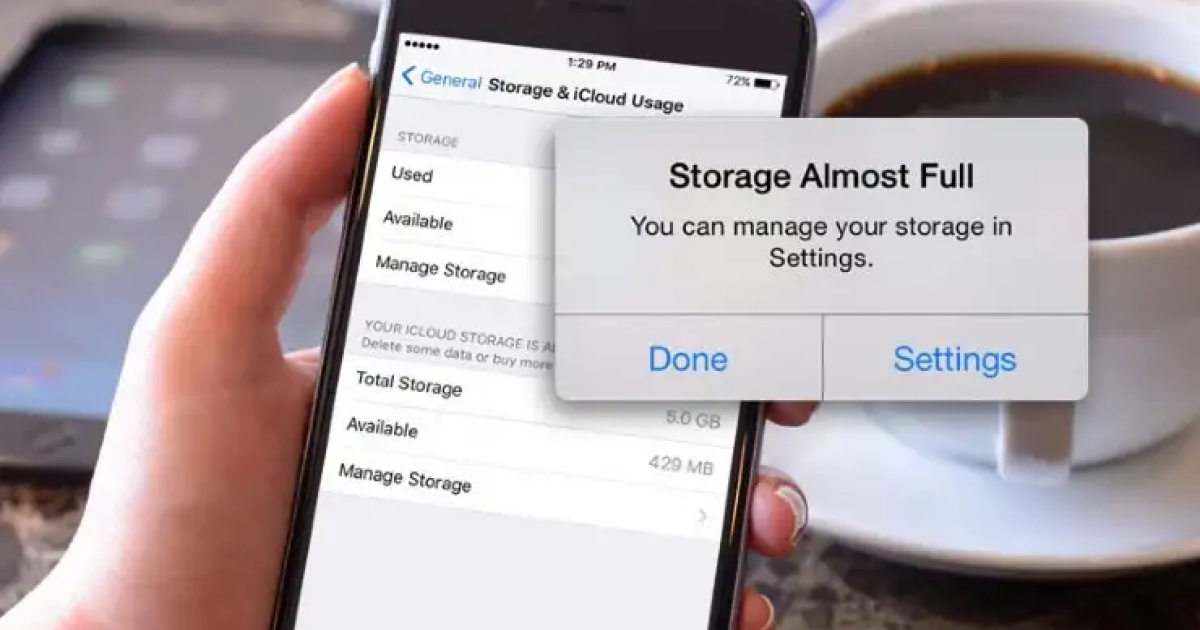Let’s face it: nothing is more frustrating than trying to snap a quick pic or download a new app, only to be slapped with the dreaded “Storage Almost Full” notification. Whether you’re buying a new phone or just trying to understand what all those GBs mean, choosing the right storage option can save you headaches down the line.
But how much is enough? Let’s break it down.
1. Understand What Phone Storage Actually Means
Your phone’s storage is the space available for everything: your apps, photos, videos, documents, and even the operating system. It’s like the closet of your digital life — and if it gets too full, performance can start to lag.
Pro tip: The operating system itself usually takes up 5–15 GB, depending on your phone’s brand and model. So, that “128GB” phone? You might only have about 110GB usable.
2. Know Your Usage Style
Different users have different storage needs. Ask yourself:
- Are you a music hoarder who downloads albums instead of streaming?
- Do you take lots of photos and 4K videos?
- Are you a gamer with graphics-heavy games that eat up 2–5GB each?
- Do you travel a lot and want your entertainment offline?
If you answered “yes” to most of these, go for higher storage — think 256GB or more.
If you mostly use cloud services and stream content, you could get away with 64GB or 128GB.
3. What About Cloud Storage?
Cloud storage (like Google Drive, iCloud, or OneDrive) can help free up space, especially for photos and videos. But remember:
You need a stable internet connection to access files.
Many cloud options have monthly fees once you go beyond the free tier.
So, while cloud storage is great for offloading some weight, don’t rely on it entirely — especially if you’re often offline or have limited data.
4. Futureproofing Is Smart
Phones are an investment, and many people now use them for 2–4 years. Apps are getting bigger, photo and video resolutions are increasing, and storage needs are only going up.
So even if you don’t need 256GB right now, you might thank yourself for it in a year or two.
5. Can You Expand It?
Some Android phones still come with microSD card slots, letting you expand storage later. iPhones and most modern flagships? Nope — what you buy is what you’re stuck with.
So, if you’re going for a phone without expandable storage, lean toward higher built-in storage just to be safe.
TL; DR: What Should You Pick?
- Light User (calls, browsing, streaming): 64GB–128GB
- Average User (photos, apps, occasional video): 128GB–256GB
- Power User (4K videos, games, offline content): 256GB–512GB+
- Business or Creator: 512GB–1TB (yes, that exists now!)
Final thoughts? When in doubt, go higher — storage regrets are real, and upgrading isn’t always possible. Better to have too much than not enough!
Got questions or trying to decide between two models? Drop them in the comments or shoot me a message — let’s find the perfect fit for your digital lifestyle.




